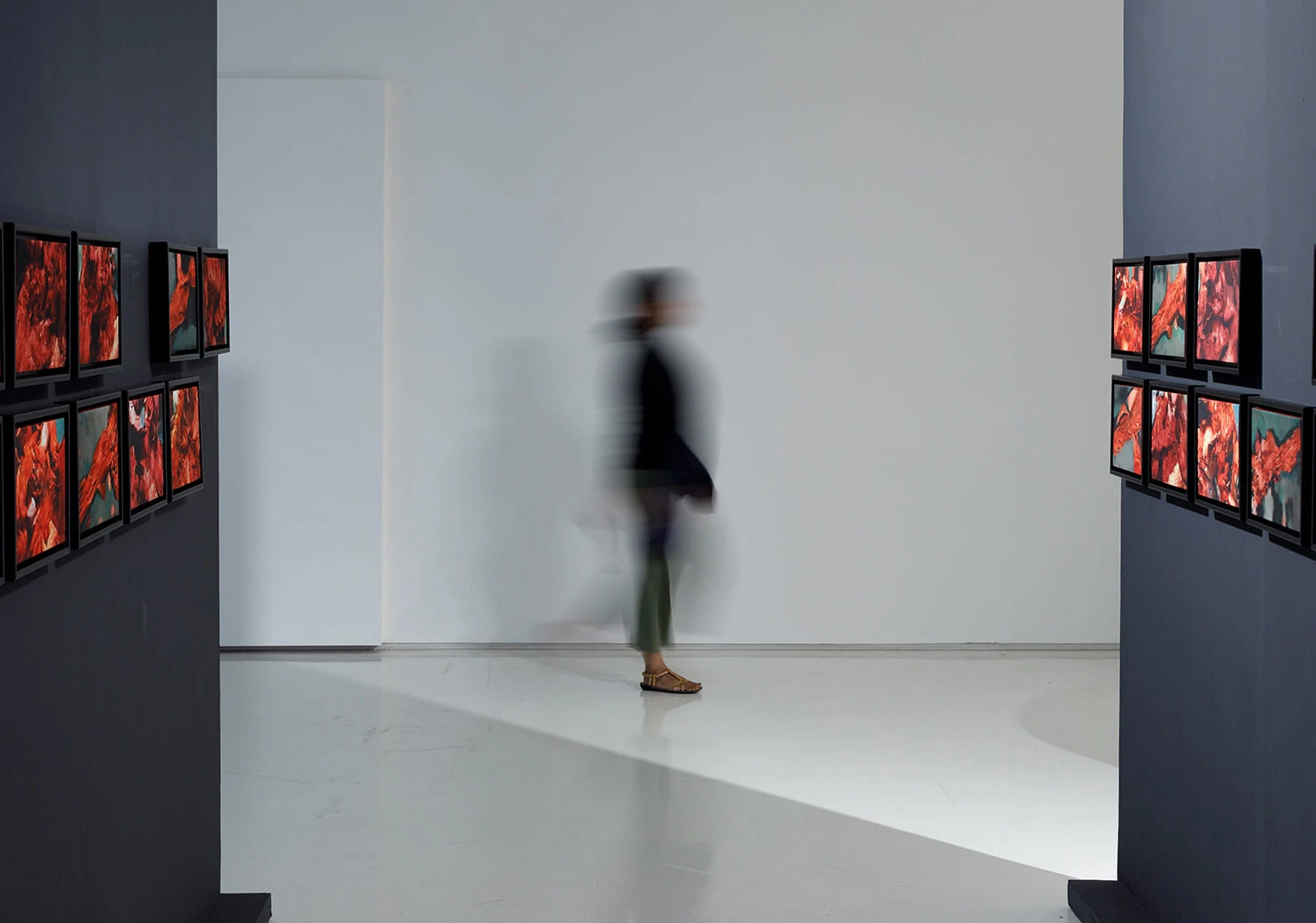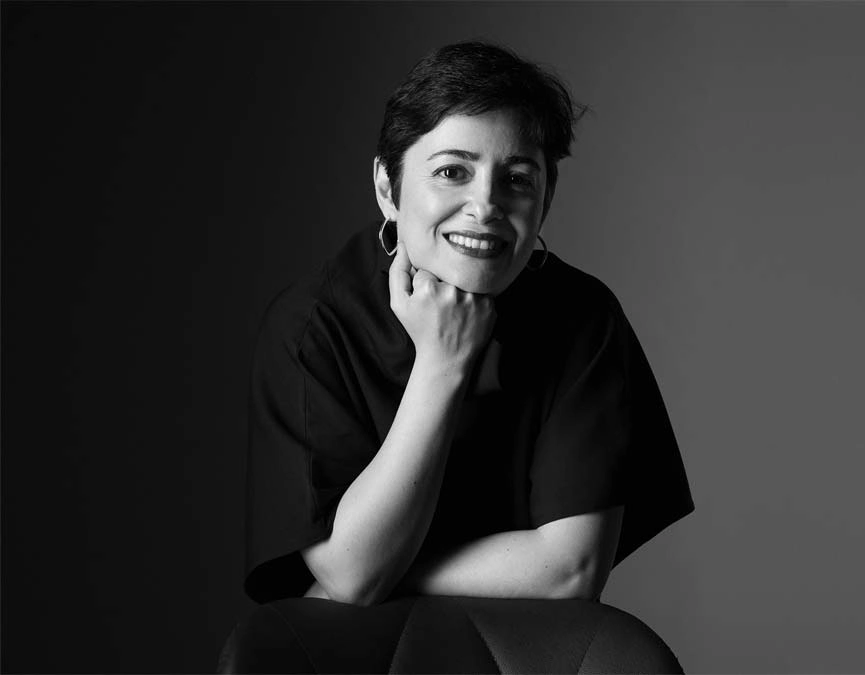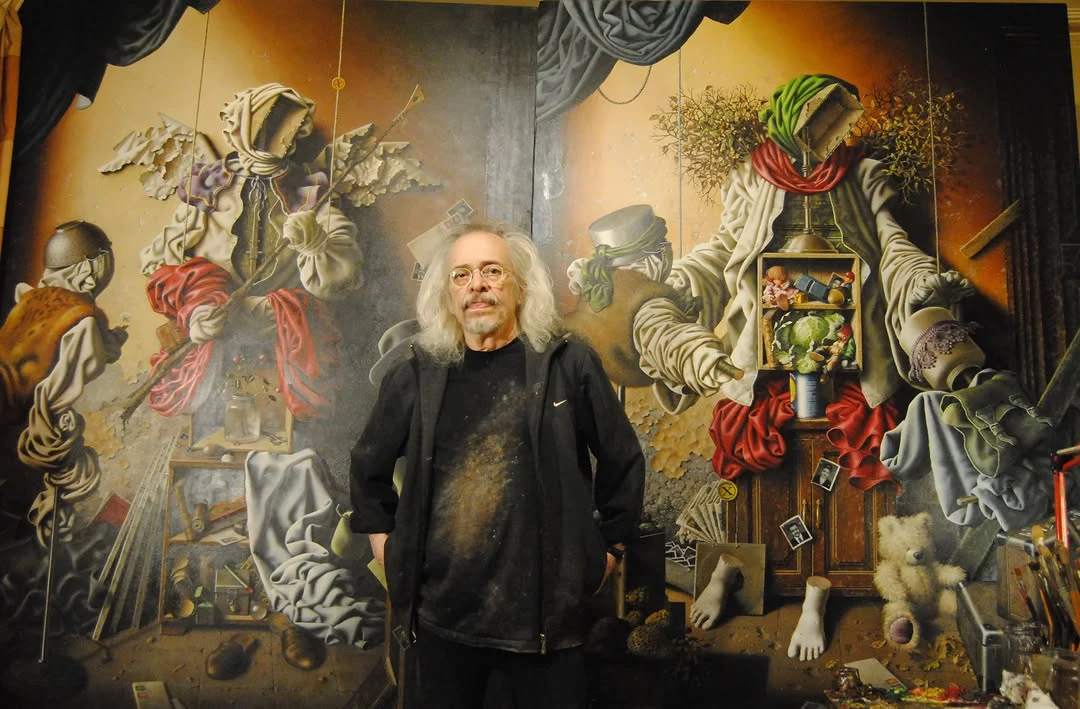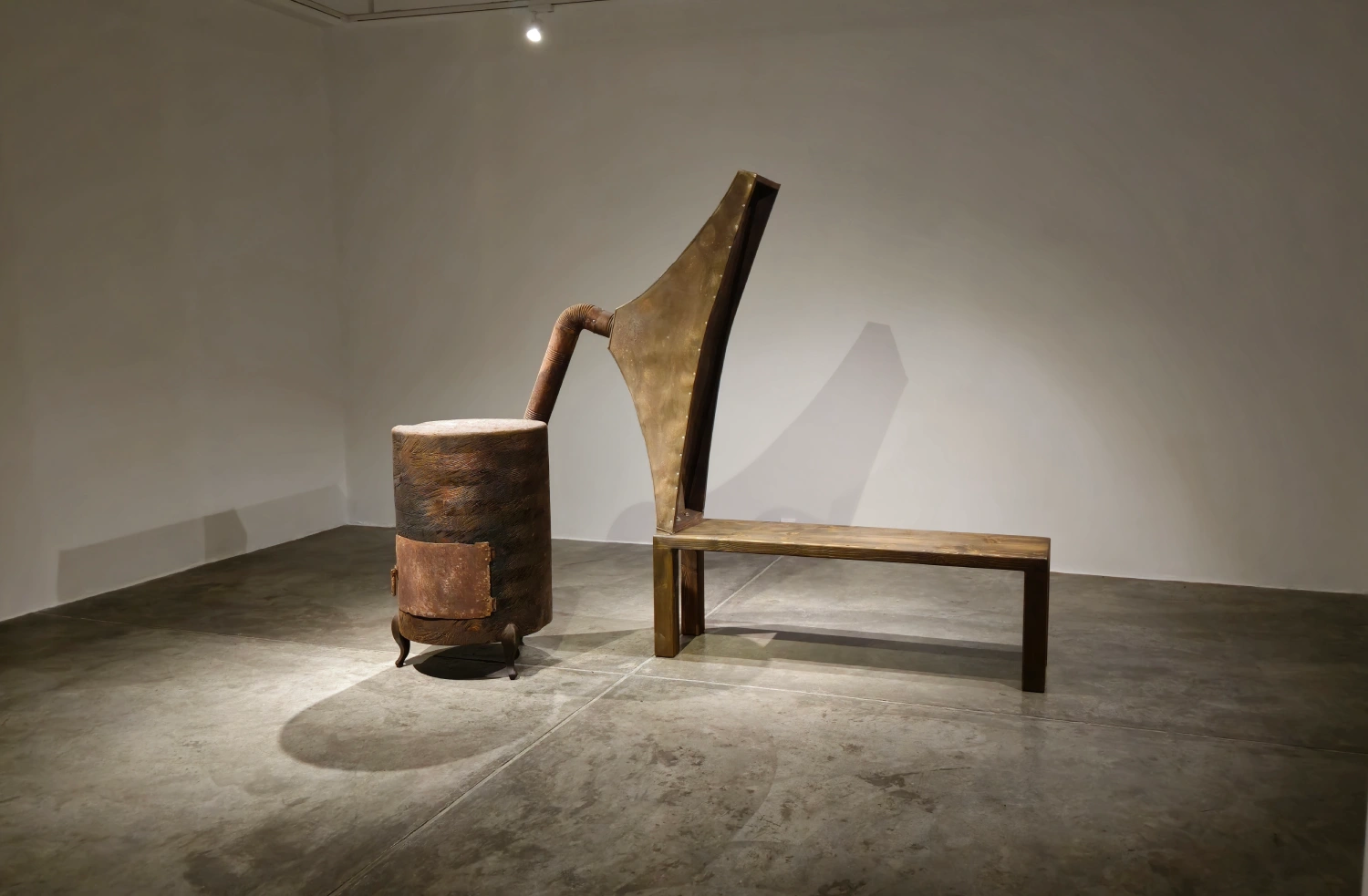Nasrin Larijani: The Stammering of Images in Capturing Reality
Nasrin Larijani and Her Exploration of Time
Nasrin Larijani (b. 1995), an Iranian artist, intricately grapples with the concept of time in her works. Her latest collection, titled Stammer, was exhibited in February 2025 at Project 0098, Space No.1 Gallery in Tehran, Iran.
Two Exhibition Sections: Large Banners and Framed Photographs
The exhibition consists of two sections: In the entrance area, large-scale images are printed on banners (fig. 1), while the second section features smaller photographs framed with passe-partout (fig. 2).
Stammering as a Visual Language
In her exhibition statement, Larijani describes the title Stammer as existing between the dual concepts of repetition and rupture. She explains: "Stammering is a speech disorder that causes involuntary disruptions or repetitions of phonemes, syllables, or words."[1] When asked why she chose a term related to language, the artist responded:
"Images, too, constitute a form of language."[2] To visually convey this repetition, she employs pixelation as a method of representing stammering in photography.
Death as a Central Theme
Larijani’s works in this collection are deeply connected to the theme of death. She examines images of individuals in death portraits—portraits in which subjects stare directly at the viewer while turning their backs on nature. She states: "In essence, they stand facing us, with their backs to trees, the sea, flowers, and mountains."[3]
Reality, Absence, and the Fragmentation of Images
The artist collects these photographs and analyzes their surrounding landscapes through television screens. She enlarges and reduces the images, re-photographs them from the screen, and sometimes revisits the original locations to capture new images. Eventually, she prints them on large banners. This choice of medium amplifies the viewer’s confrontation with the subject of death, reinforcing her concept.
This process raises a fundamental question: Does a photograph truly convey reality? The individuals in these images are no longer present in that setting— their lost presence manifests as a form of visual stammering within the image.
The Second Section: Exploring Absence and Erasure
In the second section of the exhibition, Larijani explores the idea of absence by deleting the subject from the photograph. She utilizes images from the initial frames of film rolls—often distorted, with streaks of light marking the edges (fig. 3).
By collecting these flawed images, she highlights the inherent failure of photography to fully capture reality. As the exhibition statement notes: "I see someone on the edge, on the line of burning—someone caught between being photographed and not being photographed, someone erased yet remembered."[4]
The Paradox of Repetition and Forgetting
Larijani’s collection presents two modes of erasing reality: in the first section, reality is obscured through pixel repetition, while in the second, it is disrupted by the photographic apparatus itself.[5]
Through her large banners, she not only removes the already-absent subject but also invites the viewer to confront the notion of transcending death. Her work allows us to repeatedly experience the presence of death—a repetition that paradoxically distracts from its gravity.
Larijani’s Previous Works: Time, Memory, and Erasure
Her previous projects, Dark Room[6] and Calendar[7], also engage with time, absence, presence, and erasure. In Dark Room, she explores spaces where presence is no longer possible. She visits Shush Square, searching for physical remnants of a clock that once stood there but is now missing.
Her project Calendar follows a similar trajectory—on the 10th of every month, she returns to Shahr-e No (a district that was burned down) and photographs its park. The series consists of 12 images for 12 months, creating a visual calendar for the new year.
History, Erasure, and the Fading of Collective Memory
Larijani also addresses absence within collective memory—a void formed over time and encountered in the form of a new calendar. In her work, history is washed away from the city’s physical fabric, just as photographs gradually lose their capacity to document reality.
As Marcel Proust writes: "The next evening, I once again searched for the beautiful square I had found the night before. Wandering through streets that all looked alike, I found no recognizable sign, only a deepening sense of confusion. At times, a vague landmark seemed familiar, making me think that soon, in some narrow passage, I would rediscover that lost square, in its silence and solitude."
(Marcel Proust, 2003, p. 282)
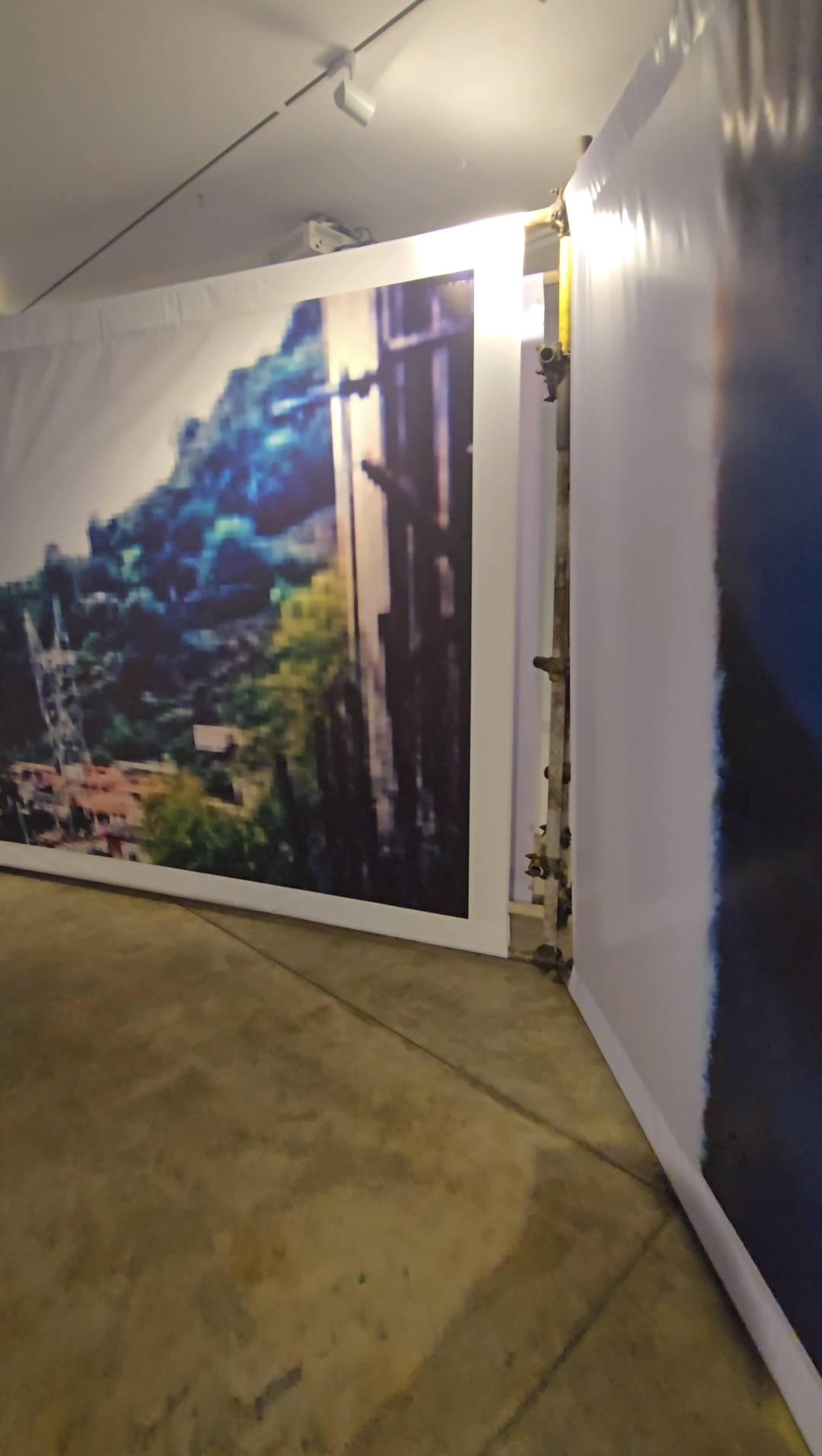
Fig1: Nasrin larijani, stammer collection, 0098 project gallery, 2025.
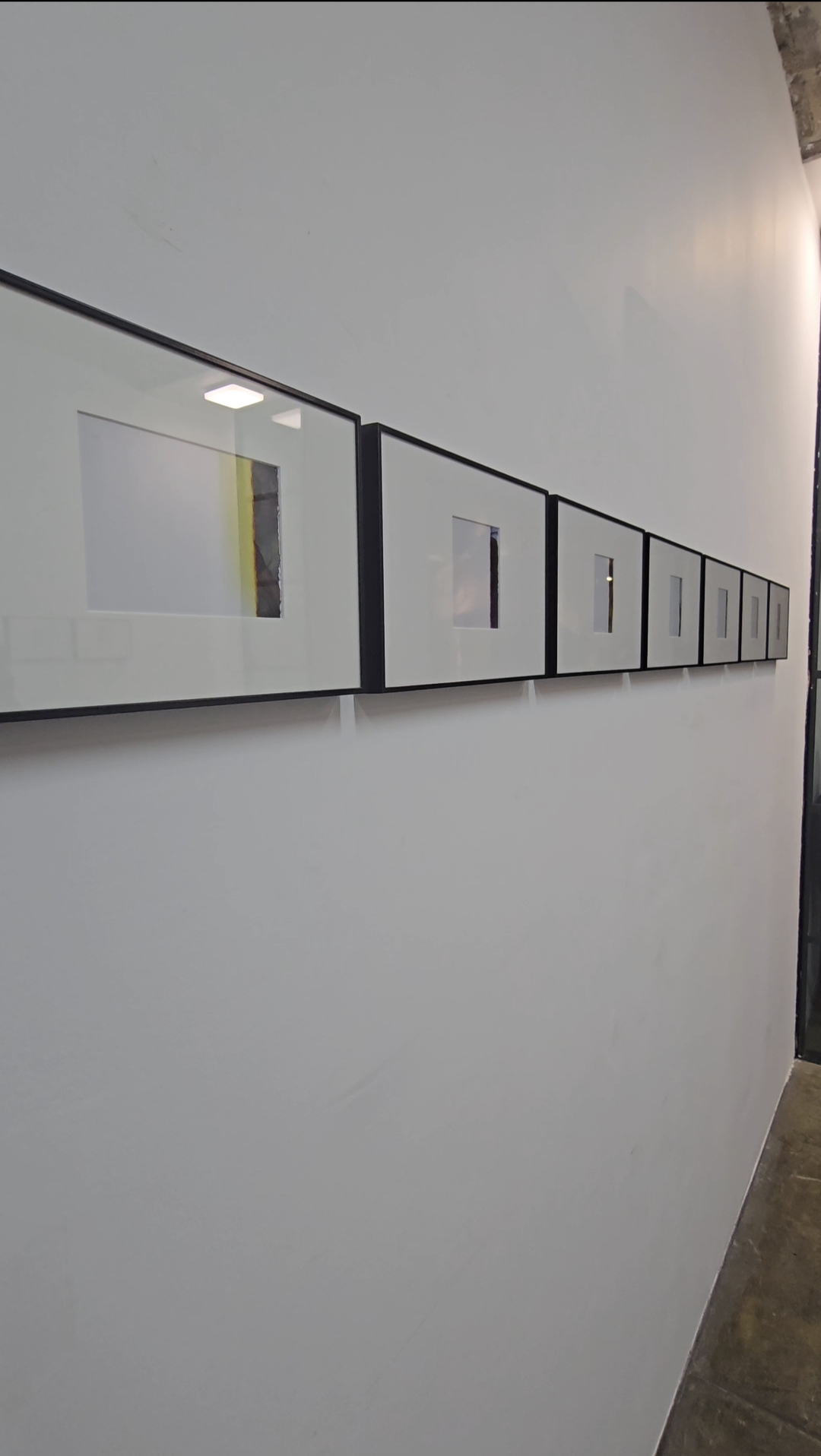
Fig2: Nasrin larijani, stammer collection, 0098 project gallery, 2025.
References:
1. Larijani, nasrin, statement, 2025.
2. Larijani, nasrin, interview with firoozeh saboori, 21 february 2025.
3. Larijani, nasrin, statement, 2025.
5. Larijani, nasrin, interview with firoozeh saboori, 21 february 2025.
6. Larijani, nasrin, darkroom collection, 2023.
7. Larijani, nasrin, calendar collection, 2024.
Firoozeh Saboori
